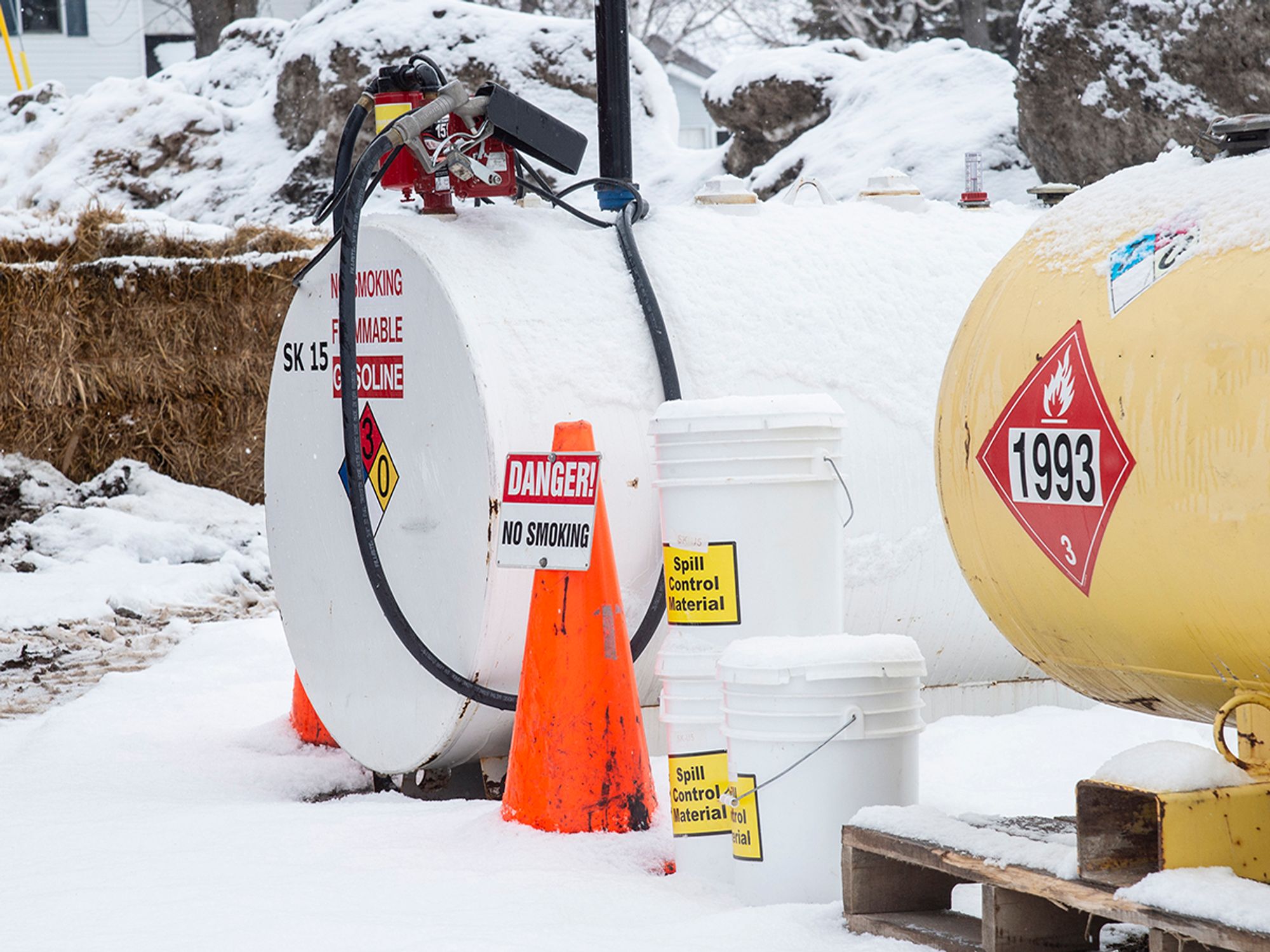Propane autogas or liquified petroleum gas (LPG)

- Propane autogas or LPG can be a viable alternative to diesel and battery-electric with many applications.
- Before adopting LPG, closely review benefits and considerations as compared to other alternative fuels.
Alternative fuels can help carriers meet fast-approaching state and federal emissions deadlines. Propane autogas or liquified petroleum gas (LPG), the third most common fuel behind gasoline and diesel, is a clean-burning fuel that offers relatively low cost without diminished performance.
LPG is the same fuel used in gas grills and isn’t hard to find if the tank is running low right before a barbecue. The benefits of a gas grill are that it’s easy to light and performs similarly to charcoal, even in winter, and in far less time without the mess of charcoal ash.
However, when considering LPG, carriers have much more at stake than over- or under-cooked food. Below are the basics to start an assessment of whether to use LPG.
What is LPG?
The Department of Energy summary of LPG is: “Propane autogas is a clean-burning alternative fuel used for decades to power light-, medium-, and heavy-duty propane vehicles. Propane is a three-carbon alkane gas (C3H8). It is stored under pressure inside a tank as a colorless, odorless liquid. As pressure is released, the liquid propane vaporizes and turns into gas used in combustion. An odorant, ethyl mercaptan, is added for leak detection.
According to the Gas Processors Association, it must consist of at least 90% propane, no more than 5% propylene, and 5% other gases, primarily butane and butylene.”
Where can LPG be used?
LPG is a near-zero emission option for carriers in many applications, besides Driver Appreciation Week cookouts, such as:
- School buses,
- Shuttles,
- Long-haul trucks,
- Yard management,
- Work trucks, and
- Local and regional delivery vehicles.
Benefits and considerations
To know whether an alternative fuel is suitable for a fleet, carriers must examine the benefits and considerations before transitioning.
The top benefits are:
- Cleaner tailpipe output that is 90 percent cleaner than current Environmental Protection Agency (EPA) standards and nearly 13 percent less greenhouse gas (GHG) emissions*.
- Abundant refueling options exist at private and public refueling stations, as well as onsite fueling, which can take up as little as the equivalent of one parking space.
- Similar power and performance to conventional fuels in terms of horsepower and torque.
- More flexibility and range due to bi-fuel vehicles (LPG main tank with a smaller gas tank as a reserve).
- Lower maintenance costs are typical due to no exhaust after-treatment system, such as an easily clogged diesel particulate filter (DPF) and diesel exhaust fluid (DEF).
- Lower cost per gallon and mile than gasoline or diesel is typical despite lower fuel economy.More grant money is available through the Diesel Emissions Reduction Act (DERA) to support the transition from diesel to LPG.
- Similar technical requirements as gas engines concerning diagnostic and maintenance equipment as well as technician training.
- Extended engine life due to lower carbon and oil contamination.
- Better cold-weather performance due to fewer cold-start problems, with the fuel being a mixture of propane and air versus diesel fuel, which can gel in frigid temperatures.
* Argonne National Laboratory’s Greenhouse Gases, Regulated Emissions, and Energy Use in Transportation (GREET) model.
The top considerations are:
- Slightly lower fuel economy than gasoline or diesel.
- Additional fuel weight is needed to extend the range.
- Insufficient emissions reduction to meet upcoming standards in areas like California.
- High initial purchase cost over gasoline vehicles but on par with diesel vehicles.
